News | October 28, 2010
Cosmic neighborhoods to avoid

(PLANETQUEST) -- With new evidence suggesting that the galaxy could be full of habitable planets like ours, the universe may be a more friendly place than anyone might have imagined.
However, not every planet is lucky enough to have the right conditions for life. Here are some examples of how things can go very wrong.
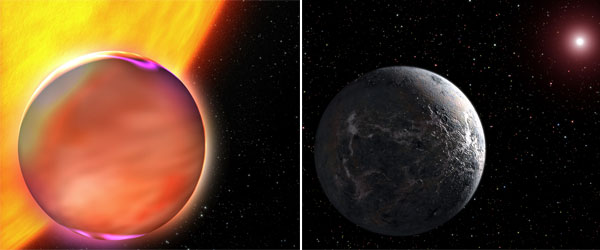
Treat:
Habitable planets are far enough away from their host stars that they have just the right temperature for liquid water to exist.
Trick:
A planet that's too far away from its star becomes a dead, frozen iceball incapable of sustaining any life besides a hockey game. And a planet that's too close will have its water boiled away as its surface is bombarded by radiation and furnace-like heat.
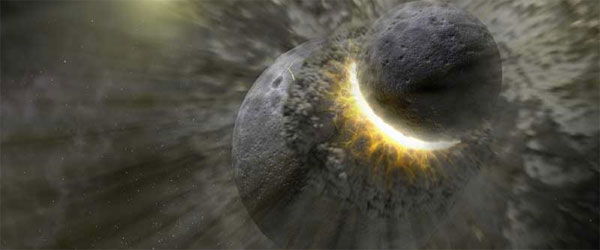
Treat:
Habitable planets exist in solar systems relatively free of orbital chaos, where orbits are stable and planets keep to themselves.
Trick:Chaotic, young solar systems with unstable or intersecting orbits can be a cosmic demolition derby, with planets and moons smashing into each other mercilessly. Massive gas planets that migrate inwards toward their star can consume smaller, Earth-size worlds that lie in their path. Planets in some hectic systems can even be ejected entirely, doomed to roam the cosmos alone.
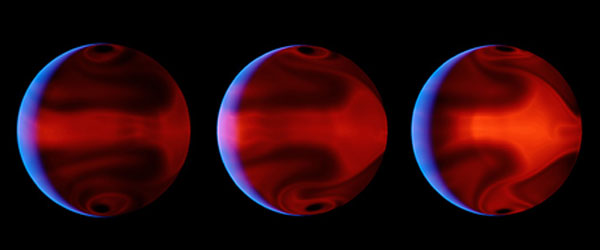
Treat:Habitable planets have nice, predictable orbits that keep their surface temperatures relatively stable throughout the year.
Trick:Planets with extremely eccentric, or oval-shaped orbits yo-yo around their host stars. As the planet dive-bombs inward towards the star, temperatures can spike hundreds of degrees in just hours, giving new meaning to the term "heat wave."
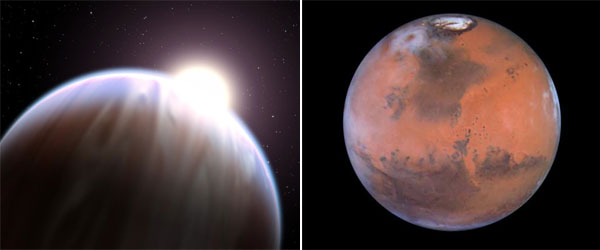
Treat:
Habitable planets are big enough to hold on to a life-sustaining atmosphere, but not so big that they become buried under thick layers of gas.
Trick:Being a small planet can be no fun - just ask Mars. Too small to hold onto a thick enough atmosphere, the liquid water that Mars may have once had likely evaporated as it lost its atmosphere, turning it into a hostile planetary desert.
Really big planets are no better - though worlds like Neptune and Saturn may have rocky cores at their center, the incredible pressure of their thick atmospheres would crush anything that tried to land long before it reached the core.
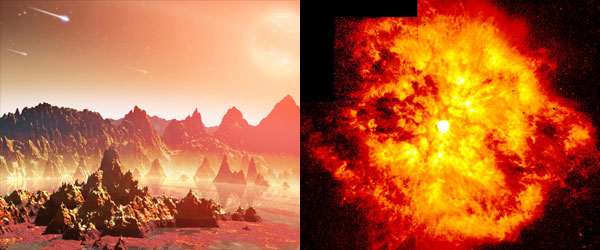
Treat:Habitable exoplanets are old enough to have become settled and stable, but not so old that their cores have cooled or that they're at risk of being consumed by their host stars.
Trick:
Between their molten surfaces and the constant bombardment of debris, young planets are no place for life as we know it to be maintained.
The perils of old planetary age are just as scary. As a planet's core cools, life-giving liquid water sinks inward through the crust and disappears from the planet's surface.
An aging star can also pose a significant danger to a planet. All stars balloon into red giants as they age, consuming planets that are too close to escape. Some of them are later blown to pieces by stellar explosions.
Written by Joshua Rodriguez/PlanetQuest




